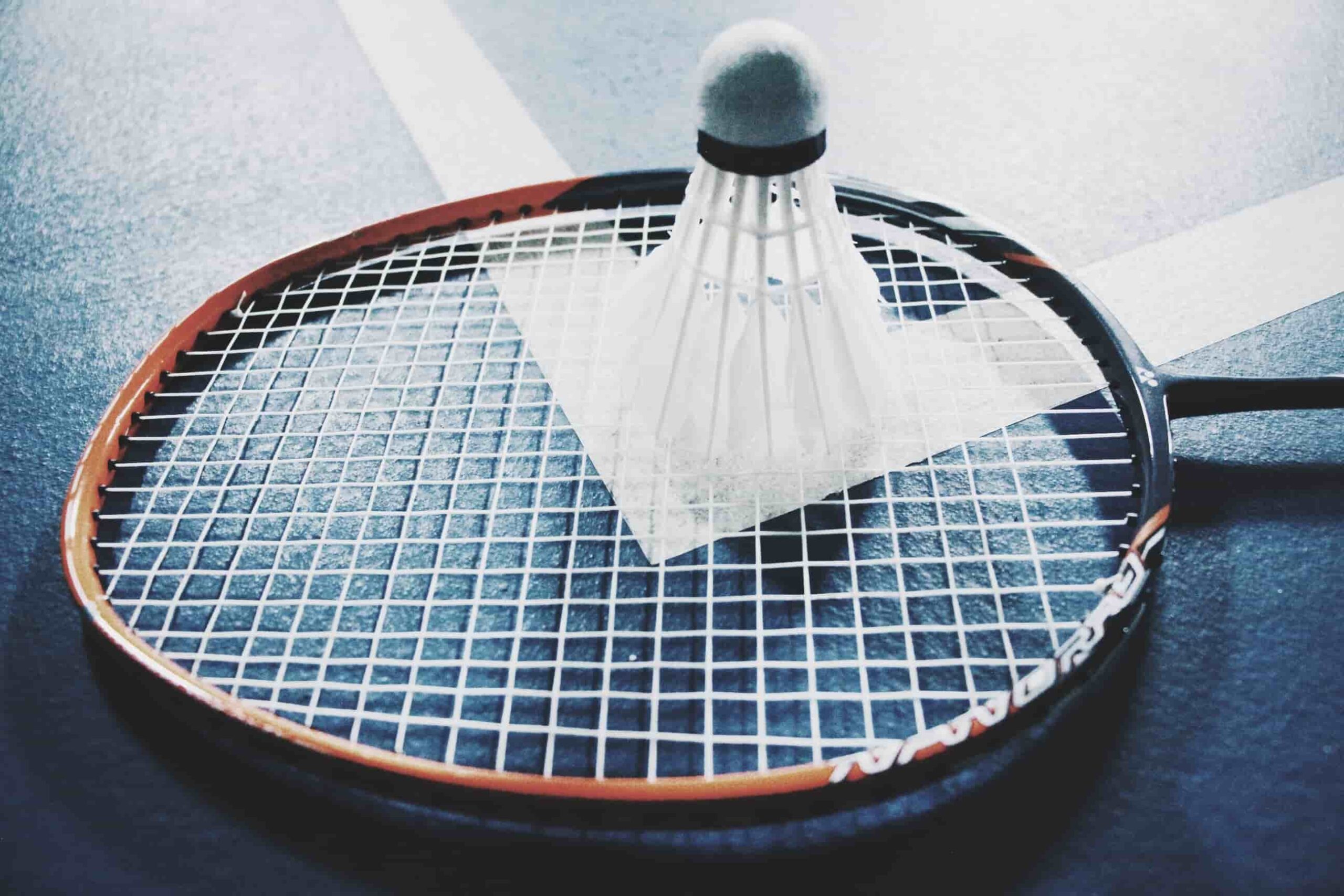Unraveling the Intricacies of Badminton: A Comprehensive Guide to the Sport
Introduction:-Badminton, a fast-paced and exhilarating racquet sport, has captivated the hearts of millions around the world. From casual backyard games to intense professional matches, badminton offers a perfect blend of skill, strategy, and athleticism. In this comprehensive guide, we’ll delve into the world of badminton, exploring its origins, basic rules, equipment, playing techniques, and the exciting journey of its evolution as a globally cherished sport.
History of Badminton
The roots of badminton can be traced back to ancient civilizations, where a game resembling modern badminton was played in ancient Greece, China, and India. However, it was in British India during the mid-19th century that badminton, as we know it today, started to take shape. Initially called “Poona,” the game gained popularity among British army officers stationed in India. The name was later changed to badminton, named after Badminton House in Gloucestershire, England, where the Duke of Beaufort introduced the game to his guests.
Basic Rules of Badminton
-
Scoring System: Badminton follows a rally-point scoring system, meaning a point is scored on every serve, regardless of which side served. A match typically consists of the best of three games, each game played to 21 points.
-
Serve and Serve Rotation: The serving side must serve from the right service court when their score is even and from the left service court when their score is odd. The server must serve diagonally across the net, and the shuttle must pass over the net and land within the opponent’s service court.
-
Faults and Points: A rally ends when the shuttle touches the ground, a player commits a fault, or a side wins a point. Common faults include serving or receiving out of turn, the shuttle landing out of bounds, and the player’s feet not being in the correct service court.
-
Let and Shuttle Retrieval: If a let (a temporary stoppage of play) is called, the rally is replayed. Players can also retrieve the shuttle if it gets stuck in the net or if it lands on the net during a rally.
-
Doubles Play: In doubles, each team has two players, and they take turns hitting the shuttle. The serving side always starts the rally, and the receiving side rotates accordingly after winning a point.
Elevate your game with our comprehensive guide to Diving and Horse shoepitching equipment, and advanced techniques. Dive into the world of sports excellence
Equipment
-
Rackets: Badminton rackets are typically made of lightweight materials such as carbon fiber or aluminum. The frame is strung with synthetic strings, providing the necessary tension for powerful shots.
-
Shuttlecock (Shuttle): The shuttle is a feathered or nylon projectile with an open conical shape. Feathered shuttles are often used in professional play, while nylon shuttles are more durable and commonly used in recreational games.
-
Net and Posts: The net is made of fine cord or nylon with a mesh size of not more than 20mm. The net is suspended on the posts, which are positioned at the sidelines.
Playing Techniques
-
Serve: A well-executed serve is crucial in badminton. Players often employ various serves, such as low serves, high serves, and flick serves, to keep opponents guessing. The key is to deliver a serve that puts pressure on the receiver.
-
Clear: A clear is a shot hit deep into the opponent’s court, forcing them to move backward. It is a defensive tactic to regain position or create an opportunity for an attacking shot.
-
Drop Shot: A drop shot involves delicately tapping the shuttle over the net, landing it just behind the net and close to the opponent’s side. This shot is effective in surprising opponents and breaking their rhythm.
-
Smash: The smash is a powerful, offensive shot executed with a swift downward motion. Players aim to hit the shuttle steeply downward into the opponent’s court, making it challenging to return.
-
Drive: The drive is a flat shot that travels parallel to the net at a high speed. It is used to keep opponents on the defensive and limit their time to react.
Evolution of Badminton
Over the years, badminton has undergone significant changes, both in terms of equipment and playing strategies. The transition from natural feathered shuttles to synthetic ones has made the game more accessible and affordable. The evolution of racket technology has led to lighter and more powerful rackets, enabling players to deliver faster and more accurate shots.
On the professional front, badminton has gained immense popularity, with international tournaments like the All England Open, the Olympic Games, and the BWF World Championships showcasing top-tier talent from around the globe. Players like Lin Dan, Lee Chong Wei, and Carolina Marin have become household names, contributing to the global appeal of the sport.
Conclusion
Badminton’s blend of speed, agility, and precision has secured its place as one of the most beloved racquet sports worldwide. Whether you’re a casual player enjoying a game in the backyard or a professional athlete competing on the international stage, the rules, equipment, and techniques discussed in this guide form the foundation of a sport that continues to capture the imagination of enthusiasts everywhere. As we celebrate the 1-year milestone of this comprehensive guide, let’s continue to rally around the shuttle, appreciating the beauty and excitement that badminton brings to the world of sports.



